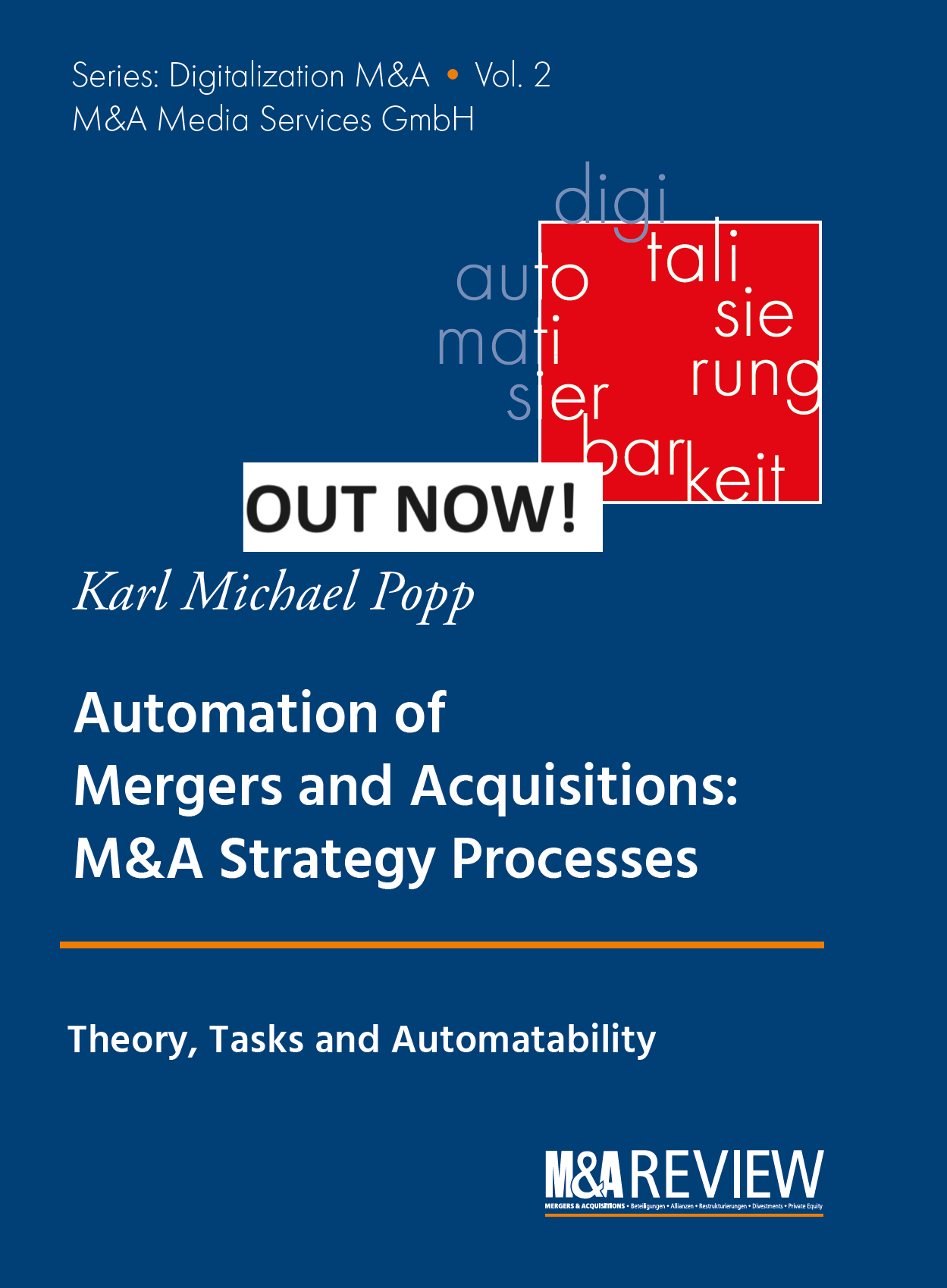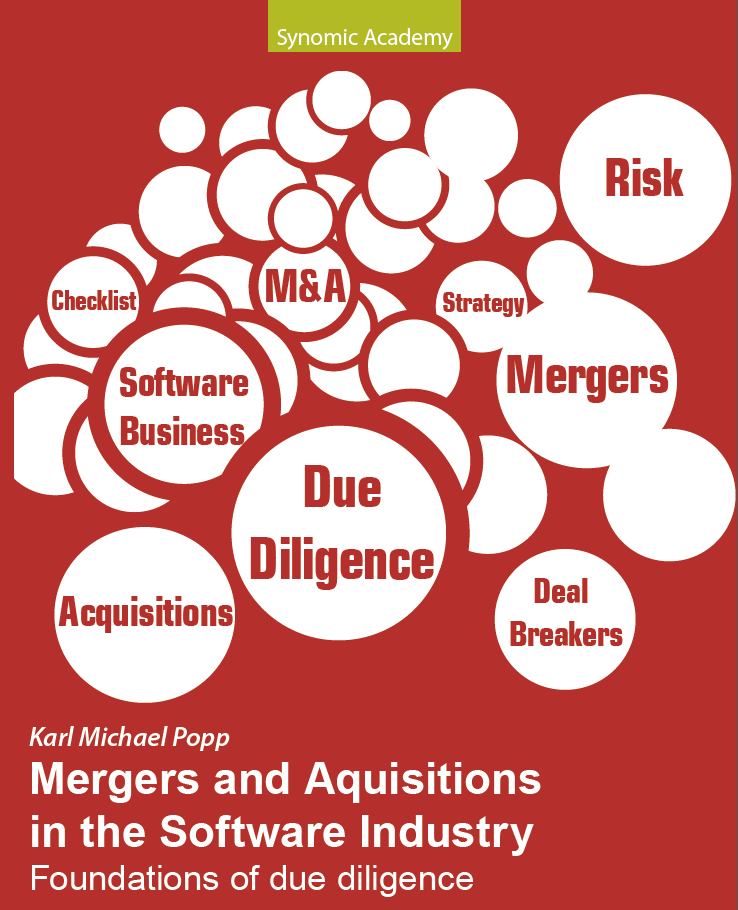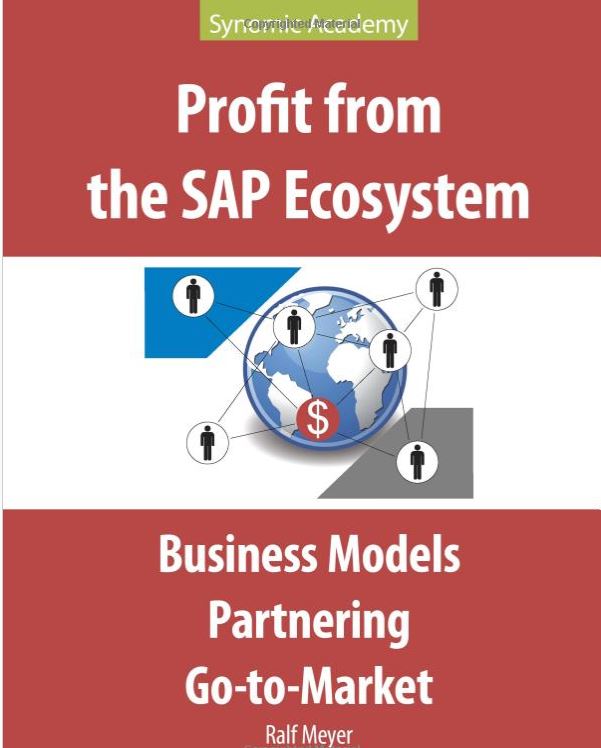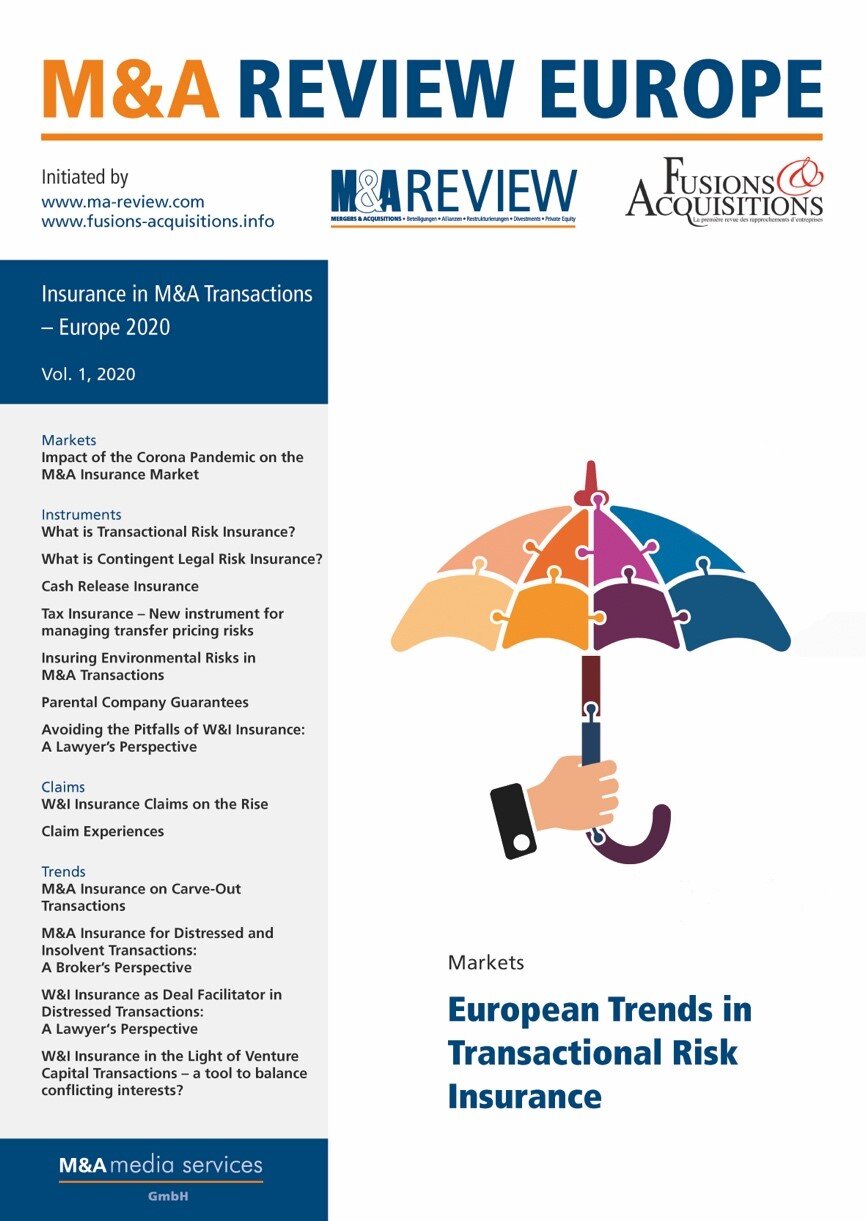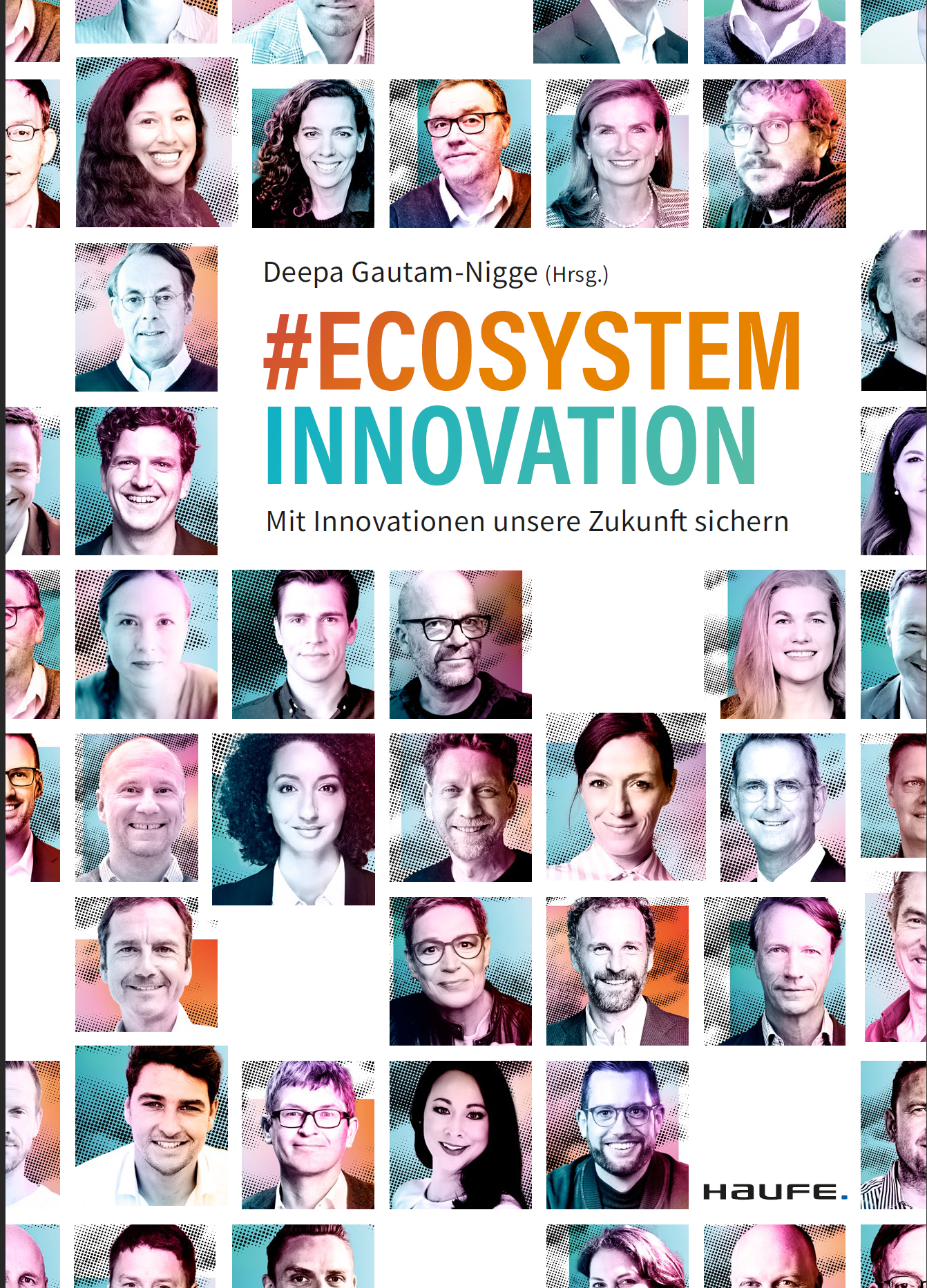Digitalization of M&A processes: Advantages of an end-to-end, unified platform
An end-to-end, unified platform builds the foundation of M&A success. End-to-end means that the platform covers all phases of the M&A process from early strategizing to deal sourcing to due diligence, signing, closing and integration. All data are combined to one single source of truth, no data are lost between phases, better and well documented handovers are possible between phases.
Unified platform means no more jumping between different solutions and tools. t eases the pain of processing massive amounts of data, be it the data room or planning data for integration planning. For due diligence, this includes combining collaborative due diligence management with virtual data room capabilities.
While there are many advantages of such a platform, let´s just look at three key advantages.
Advantage 1: A unified data lake for all deals
The data lake covers all process phases and all deals allowing e.g. cross-deal analytics, large training sets for machine learning, proposals of next steps based on best practices from all deals. The data lake contains massive amounts of information, but all information used in the process, information about the process steps and decisions taken is stored in one place.
The load of information in M&A processes is already overwhelming? So how can i leverage this large amount of data? Modern information system technologies like predictive analytics, finding outliers within data, semantic analytics and forensic tool to analyse and navigate large data sets as well as providing the right information for your current work context will enable you to leverage the data collected.
Advantage 2: Better decision are being taken and documented
There are two aspects of this advantage: decision journey and augmentation. For each decision taken, you can always recall the decision journey. How was the decision prepared, who took it, what were the consequences, were the goals of the decision reached?
The second aspect is augmentation of decision tasks: if you are the decision maker, augmentation provides you with similar decision taken in other deals including their impact on results in the integration phase, so you can make the best decision. The augmentation in the deal sourcing phase e.g. includes market data, financial data about all targets and predictive analytics about the future success of the target companies.
Advantage 3: Less documentation and reporting: More productivity
Massively increased productivity and less errors due to robotic process automation. No more learning of process models, they will naturally be followed. No more thinking about what the next step is or what your project status is, all information is augmented in your usual workplace. Reporting annoys you? The platform will autmatically propose the content for the next status update, so you spend less hours on reporting, more on quality work and problem solving.
Outlook: where´s the platform?
So, now we know some of the advantages of the platform: one question remains: is the platform your work environment and do you have to learn a completely new work environment that does not naturally integrate with all the other productivity tools that you are using: email, teleconferencing etc.? The platform i envision will be invisible, you will work in your usual work environment, e.g. using a Windows tablet with Outlook and other tools you know. the platform will track your work and augment inforrmation as you work, no separate login, no missing integrations that get on your nerves.
If you liked this article, you will like my book about due diligence.



